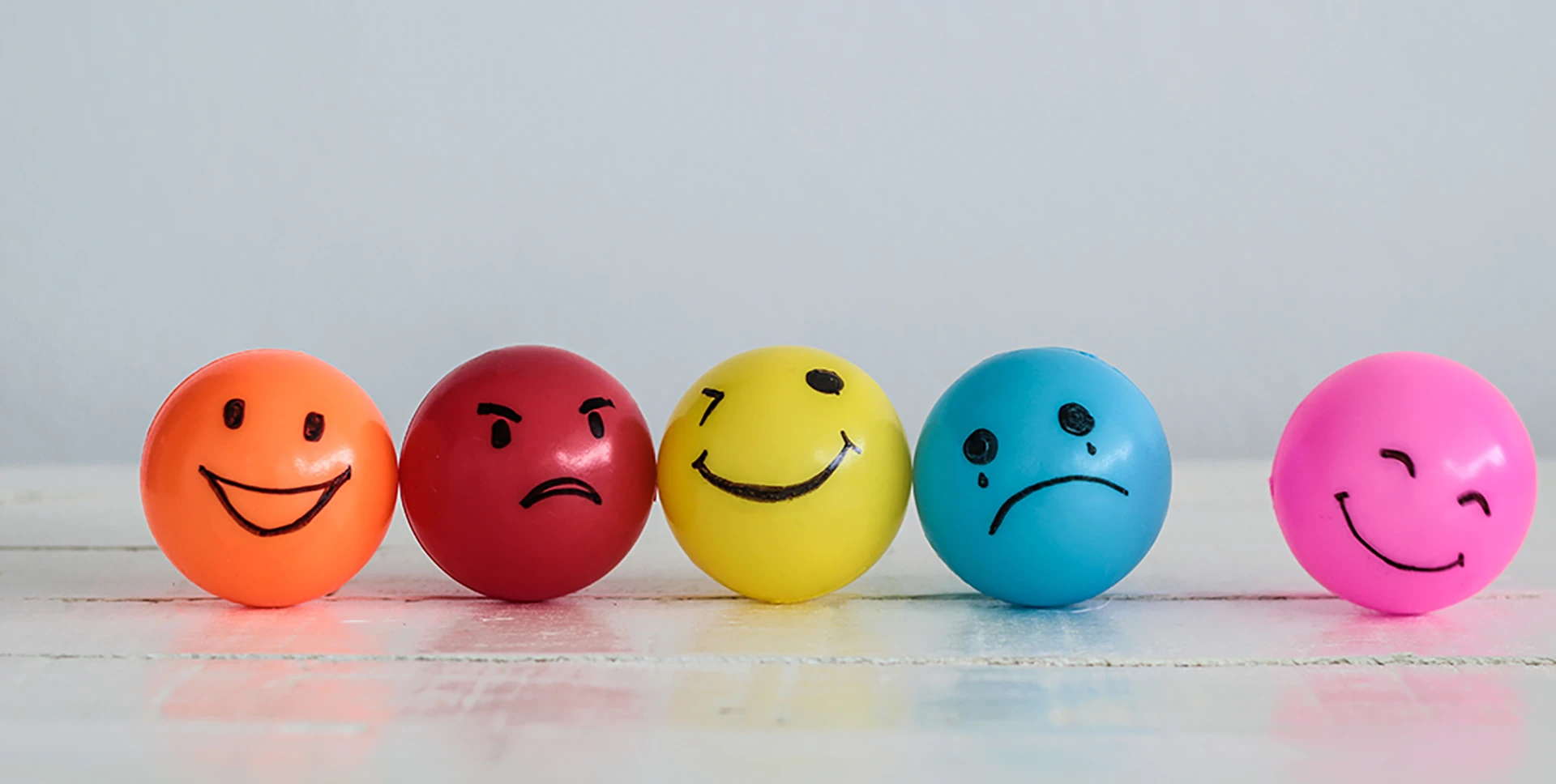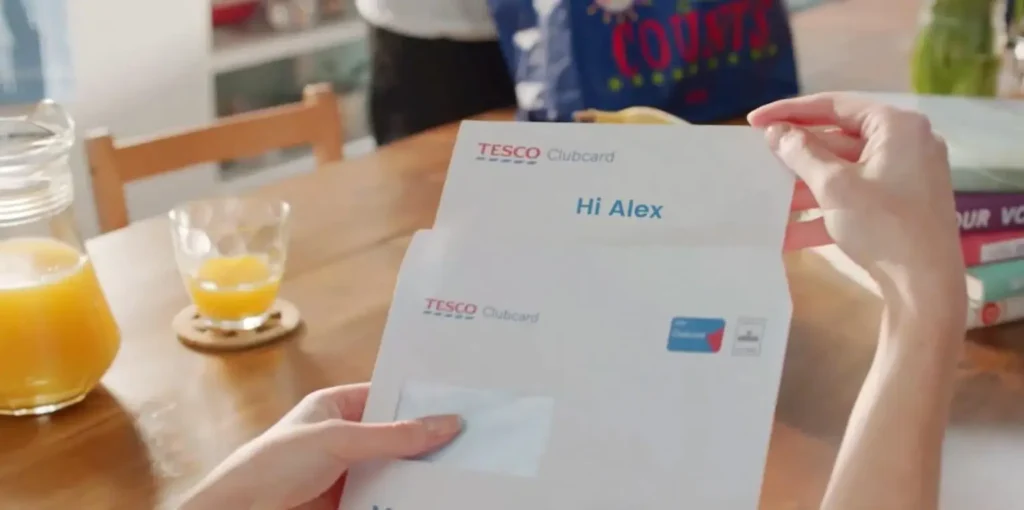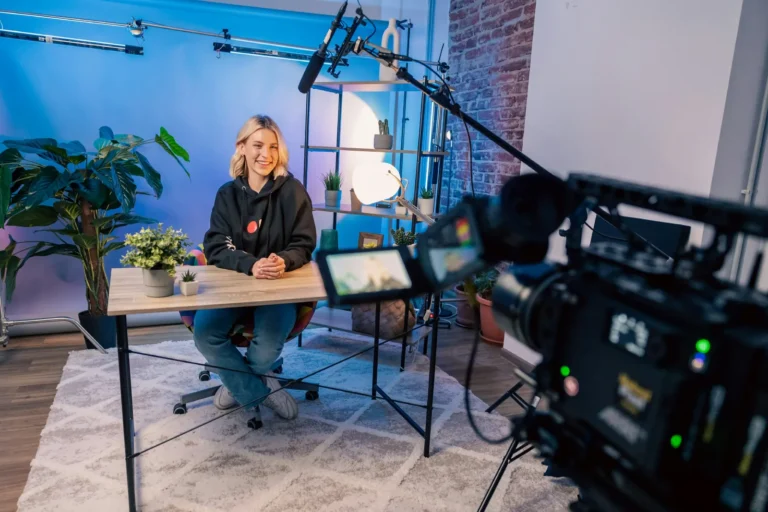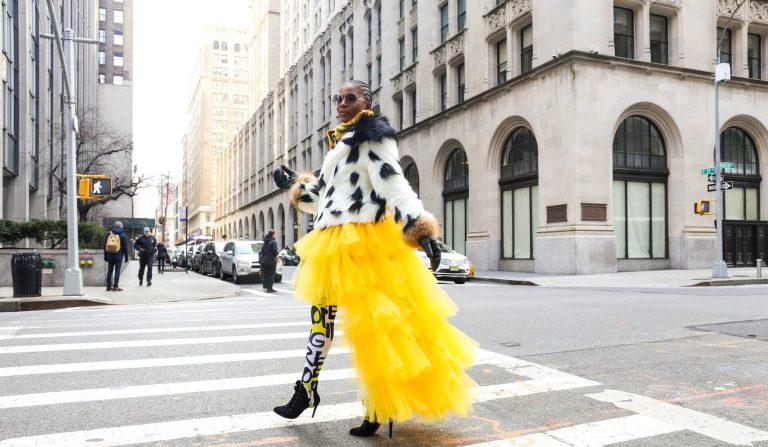Our transition to an increasingly online world has made emotional marketing more important than ever. Interactions take place on screen instead of face to face. We text, rather than talk. This makes meaningful, emotional connections even harder, especially between brands and consumers. A study conducted by PwC found that 59% of all consumers believe enterprises lack a human touch in their customer experience.
Post on
It’s obvious businesses need to build stronger, more human connections with their customers — and emotional marketing works to do just that. Emotions are what make us human. By using them in your business communications, you create stronger engagement and more memorable campaigns.
But how do you trigger powerful emotional responses? The answer is easy — with video. It’s a multisensory experience that more easily connects with our feelings. Think of heartwarming dialogue, funny visuals and tear-jerking scenes. They all work to create a story that leaves a lasting impression on your consumers.
Feeling excited? We’ll show you how you can use video to make the most of your emotional marketing strategy below.
Want to watch instead of read? Check out the overview view below, made in minutes from this blog page with our advanced AI video tool.
What Is Emotional Marketing?
The end goal of any emotional marketing effort is to make the consumer feel a certain way, causing them to complete a desired conversion. You can do this by speaking to a wide range of feelings beyond happy, sad and angry. Emotional marketing can tap into feelings of hope, empathy and even nostalgia. It’s all about creating an emotional appeal that resonates with audiences and moves them to take action.
Why does this work? Neuroscience! Emotions play a major role in decision-making, with our brains processing emotional responses much faster than logical reasoning. In fact, one study found that ad campaigns with emotional content performed nearly twice as well as those with rational content, with 31% of emotional campaigns reporting large profit gains as opposed to only 16% of rational campaigns.
Take this video created by the Finnish supermarket chain Prisma, for instance. The giant-sized teddy bears elicit a bunch of positive emotions — joy from the sight of several fluffy companions sitting nonchalantly next to passengers, humor from the passengers’ reactions and more. The campaign was a welcome distraction from the negative emotions that plagued many during the pandemic.
By sparking joy or a quick laugh, Prisma makes its message much more memorable. Emotional marketing thrives on these small, yet impactful moments, turning ordinary interactions into meaningful ones that inspire customer engagement, trust and even loyalty.
Why Video Plays an Important Role
As you saw above, emotional content is even more powerful when delivered via video.
Different elements of the medium — from eye-catching visuals and expressive music to relatable storytelling or a witty joke — can all trigger powerful emotional responses. A somber melody in a nonprofit commercial can amplify feelings of empathy and move someone to donate. Vivid scenes of a travel adventure can inspire someone to book that next trip.
But is there a way to guarantee your story will tap into your viewer’s emotions — no matter how large your audience is? Personalizing your video makes it possible.
Personalization and emotional advertising go hand in hand. Emotions, at their core, are personal. We find humor in different things. We get angry over certain topics. Addressing the emotional needs of your specific audience, then, is one of the best ways to ensure your content resonates.

Let’s look at a few examples of emotional marketing done right through video.
Inspire Pride To Drive Shareability
What happens when we reach a certain goal? What about when we finally get the hang of a new skill? We feel pride — an emotion that boosts our self-esteem and encourages us to achieve more. For brands, pride can also be a key driver of shareability, improving your content’s reach and overall brand awareness.
Take a look at the gaming industry. Players become deeply invested on an emotional level, spending hours competing against teammates for coveted bragging rights. They work their way to the top of scoreboards to feel proud of how far they’ve come.
Brands can tap into this with communications that highlight their customer’s brag-worthy moments. Ubisoft, for instance, nailed this approach with their personalized year-in-review campaign.
Each player received a personalized reel that featured their unique stats, encouraging them to feel proud of everything they achieved over the year. To make the message even more meaningful, Ubisoft also tailored the details to match the player’s level of investment.
Their most invested fans watched their biggest wins, where they ranked compared to others on a global scale and more. On the other hand, casual gamers were shown a more lighthearted set of highlights — the friends they made and their favorite character, for example.
Across campaigns, including one incredible 5-year recap, Ubisoft has noticed that personalization integrated into a video creates deeper connections. Gamers want to share the moments they were proud of with others. They want to feel like part of a community. And just like testimonials from happy customers, these shared highlight reels served as social proof, encouraging other players to engage and connect.
“This campaign definitely accomplished its goal of fostering a sense of community for our players … Idomoo’s technology has enabled us to empower and engage the Ubisoft gaming community, and their reaction has been amazing.”
– Marianne Loraud, Ubisoft
Beyond the campaign reaching impressive numbers on social media, it also increased player reactivation, a true testament to the power of emotions. It’s a great example of how tapping into emotions can drive more than one-time engagement — it can spark long-term brand loyalty.
Show Your Customers How They’ve Made an Impact
With access to the news easier than ever, customers are increasingly aware of the issues going on around them. And customers want to buy from brands who also care. It gives them comfort to know that their purchase supports a business with a good cause in mind.
So when your customers themselves make a decision benefitting the world around them, make sure to put a spotlight on it. For instance, Plan International Canada sent out the following Personalized Video to past donors.
It didn’t just thank them for donating. It showed them the donations they had personally made and their actual impact. By taking a personalized approach, Plan International not only showed gratitude but also reinforced the connection between the donor and the cause. When people can see the results of their contributions, it tugs at their heartstrings, amplifying feelings of warmth and fulfillment and creating a lasting emotional impact.
The science behind this is powerful: Giving to others activates areas of our brain associated with reward and pleasure. On top of that, more people say they’d recommend an organization based on emotional criteria (44%) than the company’s values (3%).
So an emotional marketing campaign that unlocks all of those feel-good hormones has a good chance of driving a stronger, longer-lasting customer relationship — and it’s more likely to make customers want to recommend the brand to others.
Encourage Your Buyers To Dream Big
As we touched on before, you can help celebrate your customer’s biggest moments. But why not encourage them to be even greater?
It’s all about knowing what your customers want and showing how you can help. What big goals do they have? What excites them? For the University of South Dakota, prospective students don’t just want somewhere they can study — they want an experience full of memorable moments.
Knowing this, the university created a campaign inviting customers to explore their dreams. “The best years of your life are waiting…” the video begins. The prompt lets viewers imagine a school year that excites and inspires them.
Being able to see and even hear the buzz of campus life is so important to eliciting that emotional reaction. By using video, the university is able to paint a picture of how the student’s dreams could become reality. This connection plays a big role in motivating them to take action, whether that’s accepting the admissions offer or scheduling a campus tour.
Help Your Customers See Their Future Success
What if you could give your customers a glimpse into the future, where their decisions and investments pay off? That’s exactly what BBVA did with a creative campaign where they sent customers video messages from “their future self,” thanking them for saving for retirement.
Visualization can have a major impact, especially when it taps into human emotions like hope and excitement. The emotional triggers in the video helped viewers see saving less as a chore and more as an investment in their future happiness.
This approach is especially effective for companies where the value of their offerings isn’t immediately clear. Products or services with delayed benefits, like pensions, insurance or education, can feel intangible in the moment. Personalized visuals bridge this gap by making the future impact of these decisions vivid and relatable.
By connecting the dots between their savings and a secure financial future, BBVA turned a seemingly distant idea into something deeply personal and motivating. And it led to real results. The company saw a 78% increase in long-term savings, proving that when brands use effective emotional marketing, they can inspire real change.
Strengthen Customer Loyalty Through Emotional Bonds
Consider this: 60% of long-term customers use emotional language to describe their connection to their favored brands. Why? Because emotions fuel loyalty. When people feel appreciated, understood or inspired, they’re far more likely to stick around. That’s where video excels — it delivers an experience that speaks directly to viewers’ hearts.
Southampton Football Club demonstrated this perfectly with their renewal campaign aimed at season ticket holders. Using Personalized Videos, the club told the unique story of each fan’s season. The videos, crafted from viewers’ attendance data, highlighted 20 unique stats — like the number of matches attended or plays witnessed — alongside real match footage.
Ending with a message from the club captain, this emotional marketing strategy effectively strengthened fans’ emotional bond with the team by reminding them of the excitement they experienced. The results? A 16x uplift in engagement and over 458 hours of watch time.
By tapping into the emotional highs of sports fandom, Southampton Football Club showed how video can boost retention and improve customer loyalty. Whether it’s celebrating milestones, showing gratitude or simply reminding customers why they fell in love with your brand, video has the power to spark long-lasting connections.
Emotional Marketing With Video for a Happier Bottom Line
You now know how to leverage emotional marketing to encourage your consumers to click, sign up and stay with your brand. And it’s even more impactful when you create a story through video that resonates with every viewer.
For a truly personal touch, make your video, well, personal. Add customer data. Let your viewer update their own video. Thanks to advancements in AI, creating these video experiences is easier and more accessible than before, no longer requiring the massive time and budget investments that it used to.
Our Next Generation Video Platform takes this accessibility to the next level. With drag-and-drop simplicity, powerful automation tools and more, we make it easy for companies to generate millions of dynamic, data-driven videos in cinematic quality and in real time.
The world’s biggest brands are already using Next Gen Video to inspire and connect with millions around the globe. So why not try it for yourself? Speak to one of our video experts to






